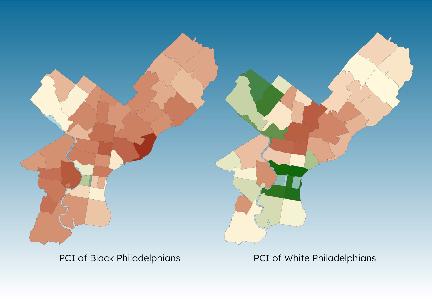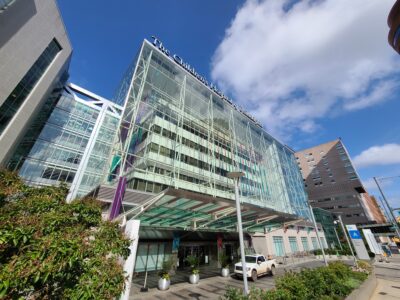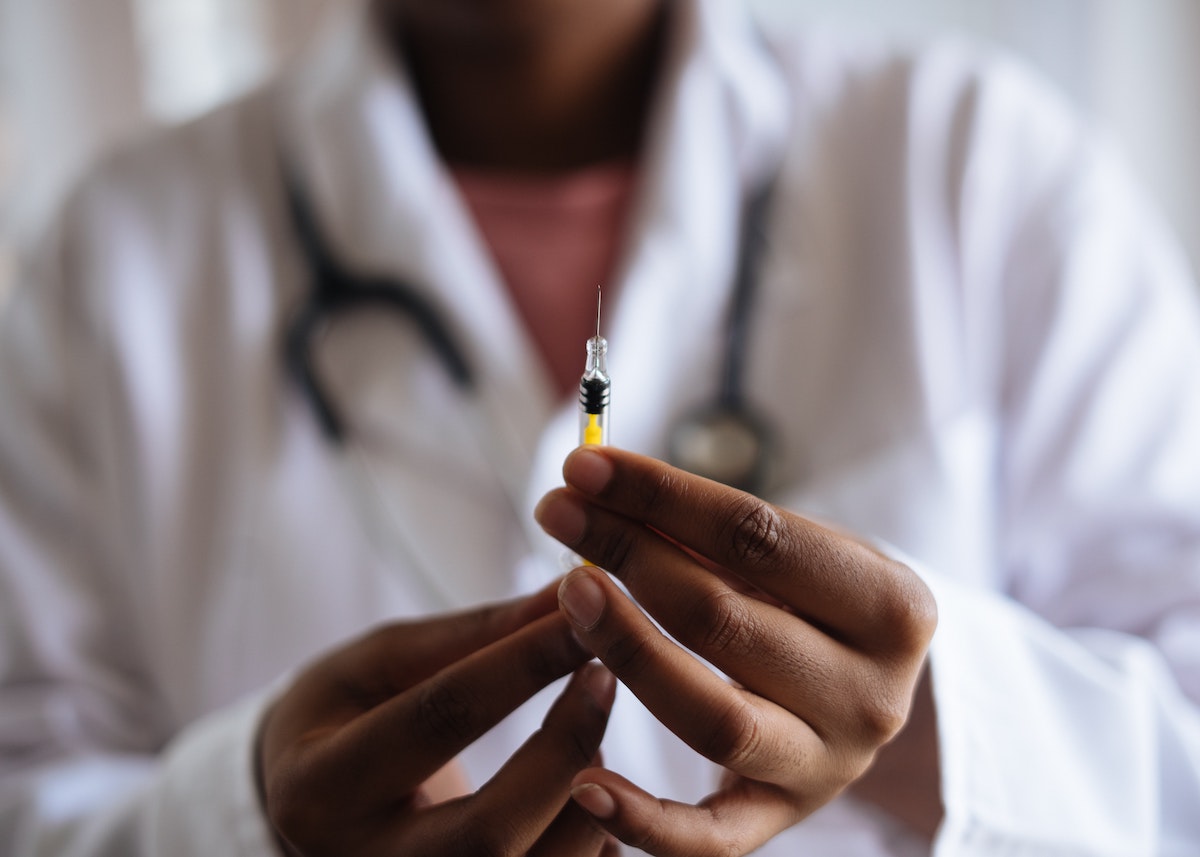Now that the country is rolling out COVID-19 vaccines at a pretty steady clip, a new barrier has presented itself on the road to economic recovery: hesitancy to receive the shots.
The City of Philadelphia this week launched “Vax Up, Philly!” a six-month campaign to reduce vaccine hesitancy by addressing concern over side effects and the vaccines’ quick development, and sharing information about how the vaccines work. The initiative will cost about $1.5 million. At least 241,777 Philadelphians have been fully vaccinated as of Monday.
It’s estimated that by the end of 2021, 25% of eligible U.S. residents will choose to remain unvaccinated, a new Penn Wharton Budget Model (PWBM) report shows. The report also found that social contact rates are likely to return to about 70% of where they were pre-pandemic by the end of this year.
That last quarter of the U.S. who are projected to opt-out of the vaccine could represent a pivotal point in the country’s economic recovery. If all eligible Americans receive a vaccine, PWBM projects that the country could prevent between 5.3 and 8.3 million cases of COVID-19 in 2021. It could also increase employment by 2.6 million people by the end of the year and boost the year’s GDP by 2%.
But if vaccine hesitancy persists, and people optimistically increase their social contact rates beyond 70%, the “perfect storm” could occur, the report says, and we could see 4.6 million more cases in 2021.
Read the full reportThe PWBM report shows findings of what many Americans are wondering: When will the pandemic end?
“If all eligible U.S. residents are vaccinated in 2021, we project that the pandemic will effectively be over by the fall,” the report says.
And the amount of Americans who get vaccinated this year will heavily sway the state of the economy by the end of this year, the report showed. If all receive the vaccine and the pandemic effectively ends in these next few months, PWBM predicts that employment would rise from around 150 million in February to 156.5 million in December.
That figure is still about 2 million jobs below where we were before the pandemic began in 2020, but PWBM’s report also project that real GDP would grow about 8% from Q4 2020 to Q4 2021.
If only 60% of Americans receive the vaccine, the negative effects are “smaller but still significant”: The report projects that employment would end the year at 152.5 million and Q4 GDP growth would land around 5.5% in 2021.
Related reading:
- 3 ways employers could help fight vaccine skepticism
- Should I pay my employees to get the vaccine? These company leaders and HR pros weigh in
Before you go...
Please consider supporting Technical.ly to keep our independent journalism strong. Unlike most business-focused media outlets, we don’t have a paywall. Instead, we count on your personal and organizational support.
Join our growing Slack community
Join 5,000 tech professionals and entrepreneurs in our community Slack today!

Experts say a new metric can more accurately measure Philadelphia's income inequality, and lead to better solutions

Philly tech thrives on collaboration, but it’s not yet a regional game

Hospitals need to modernize their ordering systems. This Philly startup got a $2M NIH grant to help.


